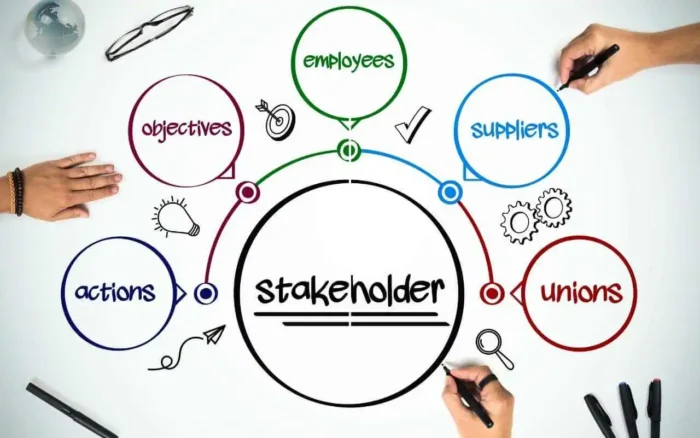
Credentialing is one of the hardest administrative processes within the healthcare industry. With this procedure, medical organizations check the licenses and certificates of their future employees, ensuring that future staff can perform certain tasks. With credentialing, regulatory organizations can attest that everything was done according to the law while also increasing the service quality for patients.
Due to the aforementioned complexity, many healthcare providers struggle to execute this procedure. Many hospitals and clinics don’t even have a specialized credentialing department. Instead, they force current employees to postpone their checkups and other daily tasks so they can dedicate themselves to the process.
Switching between medical and administrative work can be tricky, which is why the credentialing process is often inefficient. To make matters worse, some healthcare providers still haven’t fully digitalized their procedures, so they can’t easily access practitioners’ data.
To streamline the process and ensure higher efficiency, many hospitals turn to delegated credentialing. This is a type of outsourcing where hospitals turn to third-party CVO providers. In this article, we’ll explain the main delegated credentialing stakeholders and how the process affects healthcare providers’ bottom line.
Main stakeholders

Given that the process also involves third-party providers, delegated credentialing is much more complex than the traditional process.
Healthcare organizations are at the forefront of the verification process, being forced to double-check practitioners’ data before they can fully onboard them. During delegated credentialing, they rely on CVOs (credentialing verification organizations) and insurance companies to do the heavy lifting. These providers are responsible for checking future employees’ certification, education, compliance, and potential penalties.
On the other side, we have credentialing boards and committees. These organizations usually consist of renowned medical experts who review every application that comes their way. Based on the provided data, they can determine if a person is fit for a specific position. Aside from these boards, there are also accreditation and regulation institutions that set the rules for what the process should look like.
Last but not least, we have medical providers and patients. The term medical provider is mainly used to refer to nurses, doctors, and other medical professionals who provide health services to patients. All these experts work within the boundaries of the law, ensuring the highest quality of service and full transparency.
Main requirements

The requirement is a phrase we use for all standards and criteria that providers need to fulfill to get accredited. Look at it as a type of checkbox list that each practitioner needs to complex so they can start working for a healthcare institution.
First off, every CVO organization needs to determine if the person has the necessary education to perform the task. They also need to see if there’s a pending lawsuit or some other penalties. Of course, they will also check other relevant documents, such as licenses and certificates.
Anyway, here’s the breakdown of everything that needs to be analyzed:
- Education
Education is usually the starting point of the verification process. If a person doesn’t have the necessary training for executing a certain task, they shouldn’t even be considered for any position within the medical field. During this step, the CVO needs to check certifications, degrees, fellowships, and residences.
- Licenses and certifications
Licenses are also vital as they showcase that a person can perform medical-related tasks within a certain country or region. The delegated credentialing provider is entrusted with checking the validity and expiration dates of these documents. A similar can be said for board certifications; these documents showcase that a provider has met the high standards that these organizations have set for medical practitioners.
- Prior experience
Work experience is a bit less important factor than some other things on the list. Yet, depending on job requirements and position, it might be crucial to perform tasks at a certain level. During this phase, it is the CVO’s job to contact candidates’ prior employers and to ensure that everything matches their applications.
- Malpractice insurance
In the US, every provider needs to have proper malpractice coverage. With it, healthcare organizations can be certain that they won’t get sued if the professional causes damage to the patients.
Based on all of this, you can understand why the verification process is so arduous. One of the biggest delegated credentialing benefits is that these providers have a well-streamlined methodology that would expedite the process. A CVO’s main task is to leave no stone unturned when determining if a provider is properly suited for a particular position.
Revenue impact

While many medical organizations think that delegated credentialing is expensive, hiring an outside organization can actually save money. It eliminates the tedious task that most hospitals and clinics hate doing. Most importantly, these third-party providers can perform credentialing at a fraction of the time that hospitals otherwise require.
Here’s how delegated credentialing affects your revenues and profits:
- Boosts overall efficiency
As the name implies, delegated credentialing is a process of delegation. Hiring external entities reduces multitasking for hospitals and clinics and allows their staff to focus on other things. CVOs solely dedicate themselves to this task, thus ensuring much better and faster results during verification.
- Better network management
Managing large provider networks can be extremely hard. Luckily, by having the right credentialing experts at your side, you can ensure that all members of the network are fully licensed and certified. As a result, when accessing these networks, healthcare organizations can choose from a wide pool of available talent.
- Reduces delays
As previously mentioned, a medical provider can’t offer services before being fully verified. This leads to several months of delay, during which an employer has to cover all the salaries. While delegated credentialing can’t fully eliminate the issue, it can significantly reduce the time required.
Not only is this important for cutting unnecessary costs, but it also affects your incoming revenue. By having more staff at your disposal, you can generate more money from patients. This is especially important if you’re understaffed or have a large client base.
- Reduces related risks
Back in the day, human errors were a common part of the delegating process. However, with advanced software and delegated credentialing, hospitals can almost eliminate this issue. With a cleaner system in tow, medical organizations can avoid lawsuits, compliance violations, and other penalties that would cost them money.








